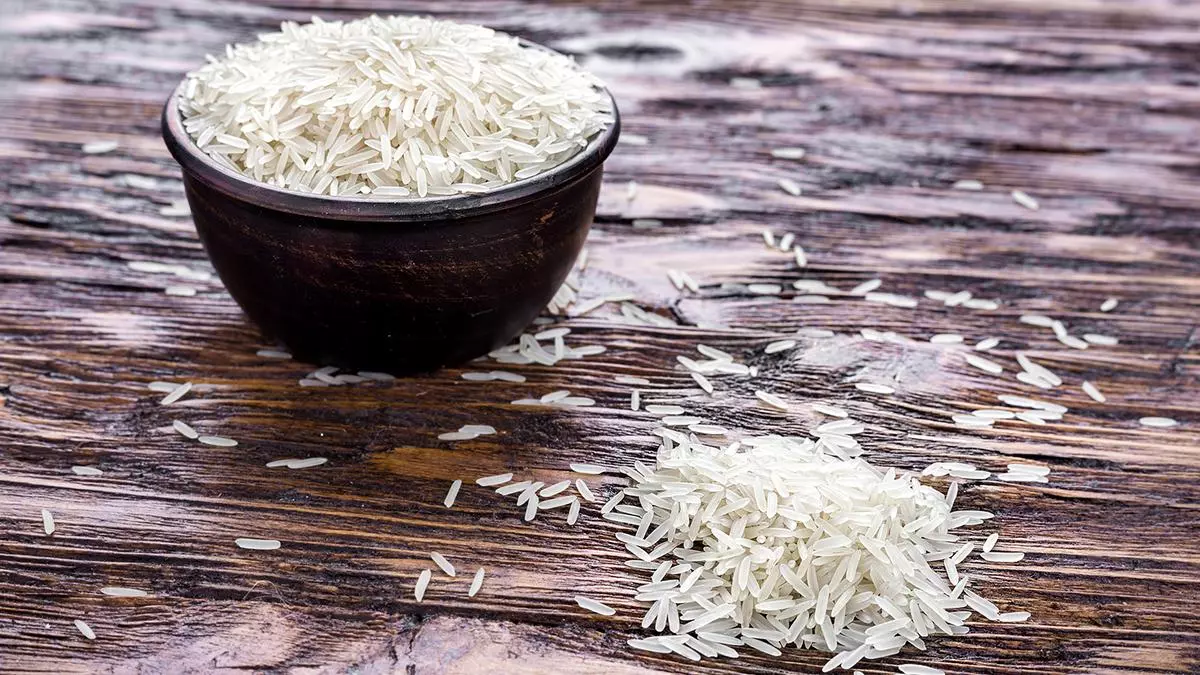More EU pesticide alerts for rice shipments from Pakistan than India this year
The European Union’s alert on the presence of pesticide residues in rice consignments, particularly basmati, from India and Pakistan increased in 2023. However, there have been more alerts on shipments from Pakistan than from India so far this year.
On the other hand, the presence of mycotoxin, which appears when the crop is infected by mold or a fungus and is considered harmful to consumers, is more in the case of Pakistan compared to India.
Data from the Luxembourg-based Eurofins Scientific SE, which provides laboratory testing services worldwide in food and other items, alerts under the rapid alert system for food and feed (RASFF) in Europe for pesticides increased to 46 in 2023 from 31 in 2022 and 11 in 2021 in the case of India.
Frequently found ones
Until May 5 this year, 15 alerts have been made. In the case of mycotoxins, two alerts have been issued on consignments from India this year compared with two for the whole of 2023, 10 in 2022 and 0 in 2021.
In Pakistan’s case, there have been 26 alerts so far for residue this year against 44 in 2023, 9 in 2022 and 6 in 2021. In the case of mycotoxin, there were 10 alerts in 2023 and two so far this year compared with 42 in 2022.
Werner Nader, Eurofins, Hamburg, Germany, and Nadeem Akbar Khan, SCBS, Lahore, Pakistan, said in an article on “Export of Pakistan rice to the European Union – A success story with challenges ahead” that pesticides most frequently found in 2022 and 2023 above the MRL were tricycazole (43 findings in Indian and 4 in Pakistani rice) and the neonicotinoids thiamethoxam (8 findings in Indian rice), acetamiprid and imidacloprid (4 alerts for Pakistani rice).
Critical residues
However, the bigger concern was over pesticides such as chlorpyrifos-ethyl (3 for India and Pakistan each), and hexaconazole (2 alerts in Pakistani rice), they said.
Data show that the detection of critical pesticides, especially tricyclazole, carbendazim, propiconazole, buprofezin, chlorpyrifos-ethyl and the neonicotinoids thiamethoxam and imidacloprid, were decreased in the case of India.
However, in the case of Pakistan, pesticides such as neonicotinoids, acetamiprid, imidacloprid and thiamethoxam were present. Rates for carbendazim and triazophos remained high.
Nader and Khan said high rates of pesticide findings in Pakistani rice are mainly observed for samples of the variety Pusa 1121 and are significantly lower for the varieties Super Basmati, Basmati 515 and 2000.
No GMOs present
The presence of pesticide residues has resulted in a decline in rice exports to the EU and other countries such as the Gulf nations in the case of India.
As regards Pakistan, its shipments have come under scrutiny after the European Union amended its regulation 2019/1793 from July 2022. It increased official controls and emergency measures for certain goods entering the EU from certain third countries.
One of the positives in the data is no trace of genetically-modified organism (GMO) has been found in either Indian or Pakistan consignments. Trace of GMO found in one of the Indian rice consignments had led to a hue and cry being raised in 2021.
However, 5 consignments from Vietnam and one from Thailand were found to contain GMO in 2023 by the EU officials, who had found similar traces in one Chinese shipment each in 2021 and 2022.
Minerals’ residue
The other critical development is the detection of MOSH (Mineral Oil Saturated Hydrocarbons) and MOAH (Mineral Oil Aromatic Hydrocarbons) in the rice consignments. Three consignments from Pakistan were detected with these cases, while one consignment from India was found with MOSH/MOAH.
The EU has fixed a new cap of 0.5 mg/kg for these mineral oils, which are feared to contain toxic carcinogens even if a fraction is consumed. The contamination could, perhaps, occurred due to lubrication of mills, jute bags or contaminated water used for parboiling. It could have seeped in through steaming or printing ink.
